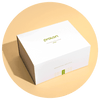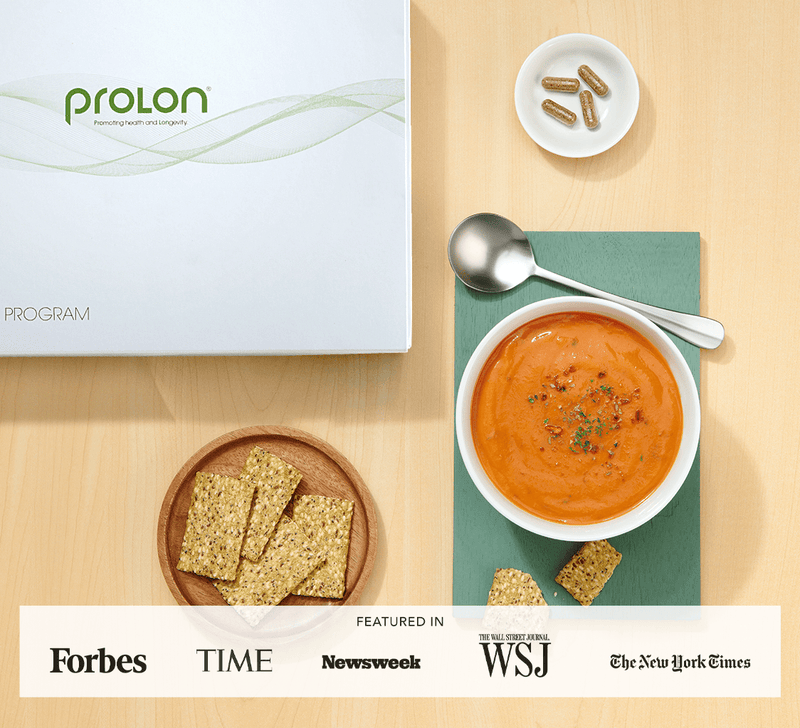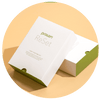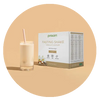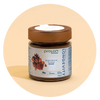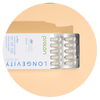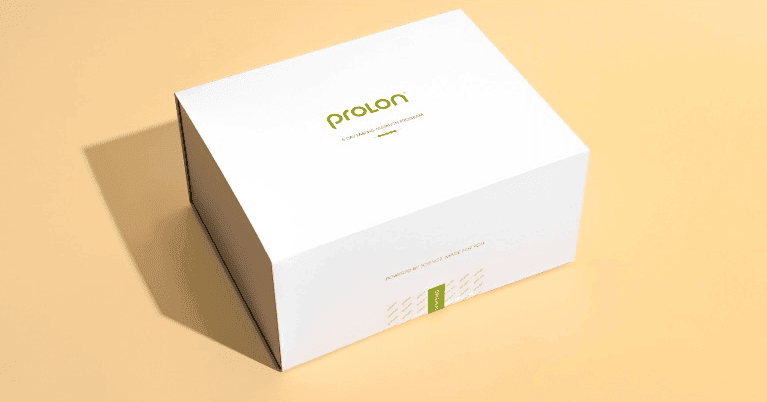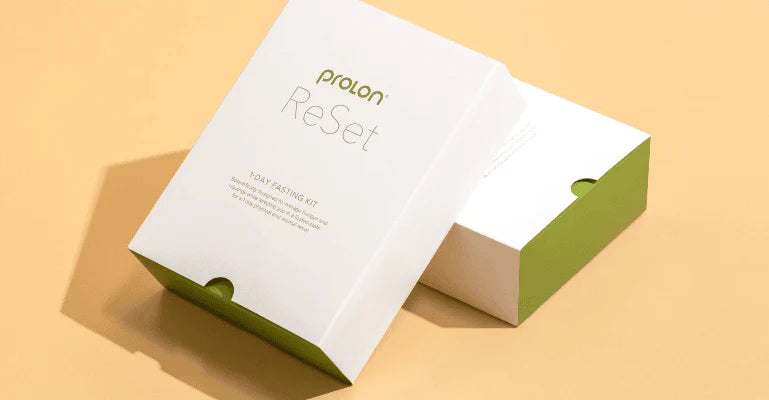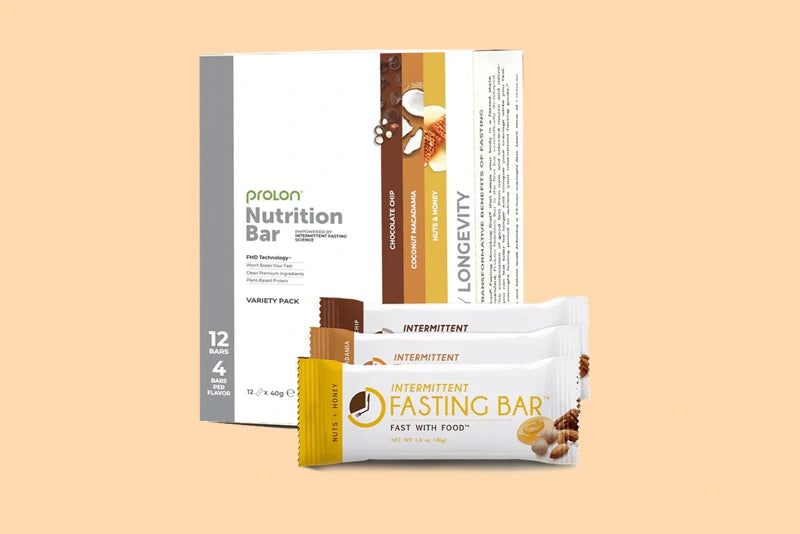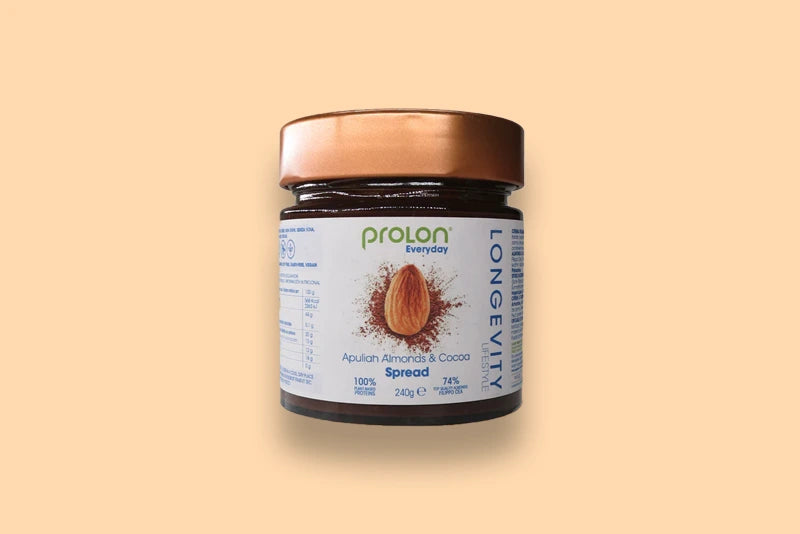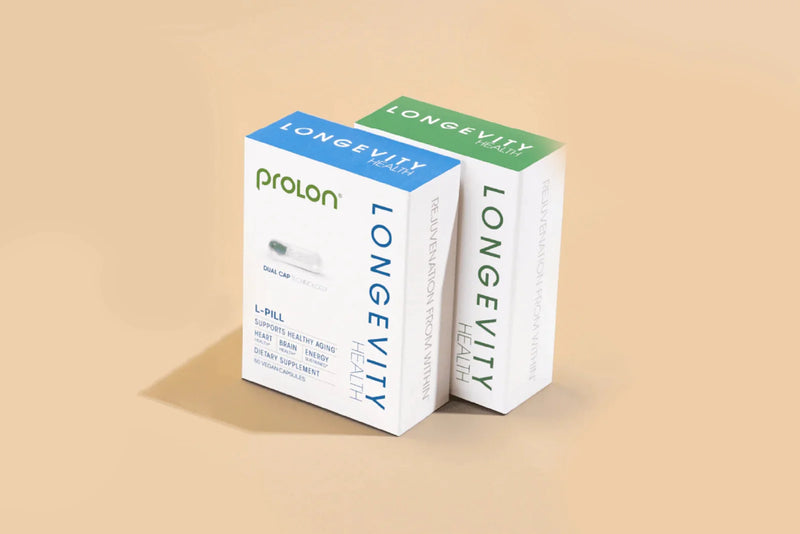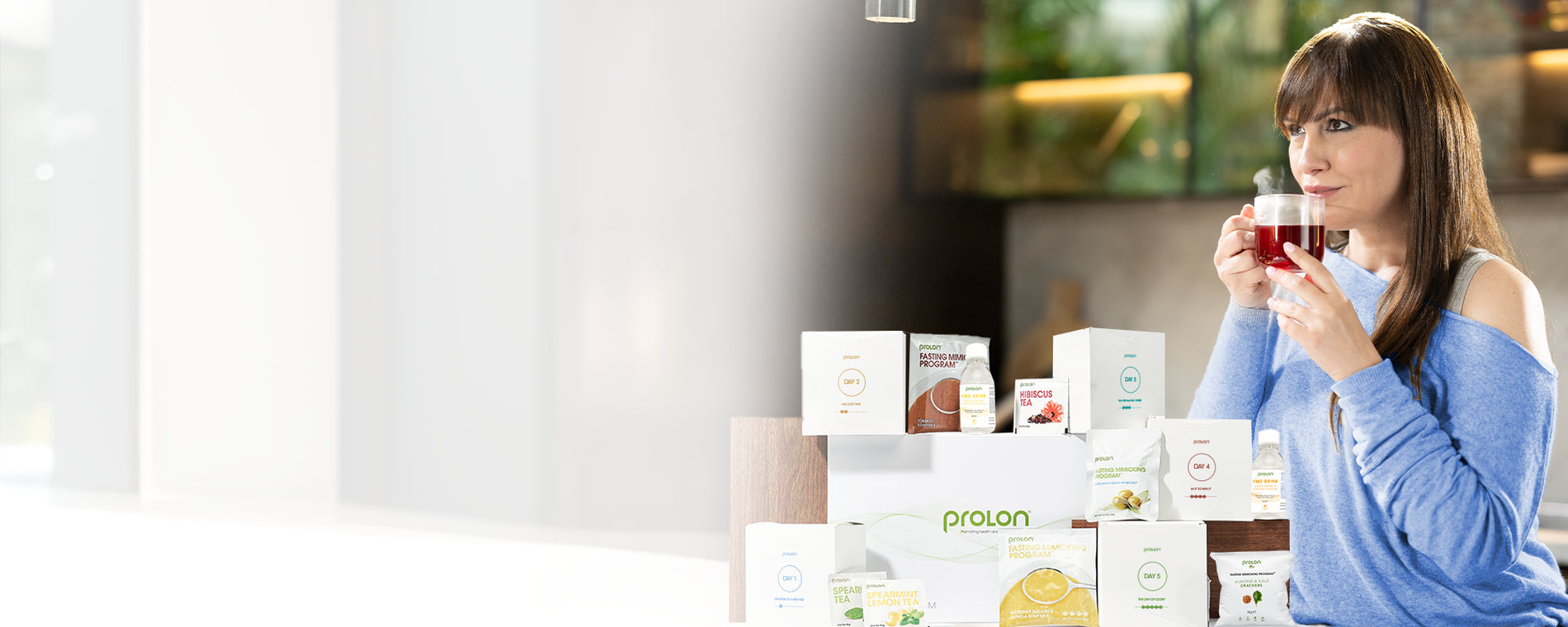
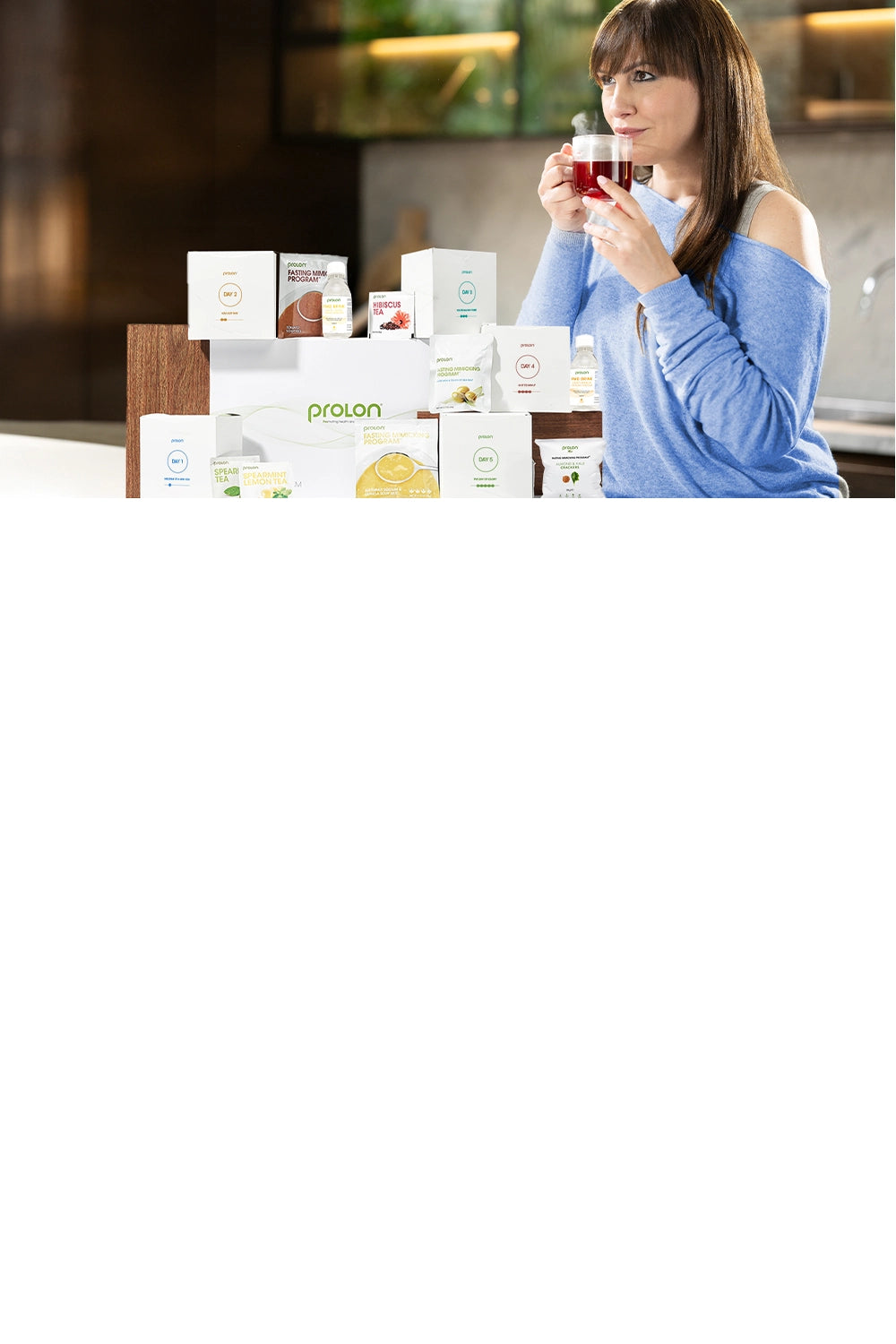
€35M
In research and
development
100+
Global patents on our nutrition technology
32
Clinical trials - science you can trust
18
Prestigious University research partners
Prolon 5-Day Program
REJUVENATION FROM WITHIN
€179 €199Life-changing nutrition that rejuvenates cells and metabolism while protecting lean body mass.
ReSet 1-Day Kit
A ONE-DAY MIND AND BODY RESET
€39 €49A one-day all-inclusive offset, detox, and reset with fasting-mimicking nutrition.
Nutrition Bars
INTERMITTENT FASTING BARS
€39 €43Great breakfast that nourishes your body while keeping it in a physiological fasting state.
Precision nutrition for health and longevity.
Tailored to reverse and slow down biological age (through our 5-Day and daily nutrition), Prolon Nutritional products are discovered and licensed from the Longevity Institute of the University of Southern California and 18 other university research institutions. Food is the only product we consume every day of our lives. It was time for ethical science, instead of for-profit business, to develop nutrition formulations aimed at enhancing human health and supporting medicine.
The Longevity Diet Book summarizes the main discoveries behind Nutrition for Longevity and Food as Medicine.
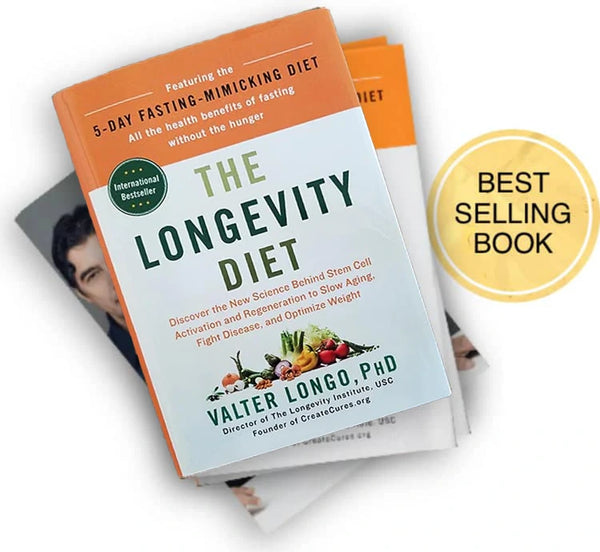
Why stay younger than your age?
You have 87% chance to acquire and die from one of four age related conditions: Diabetes, Cancer, Cardiovascular and Alzheimer's diseases. When your cells and metabolism get older, you lose the power of rejuvenation and self-healing, and become prone to chronic conditions. Between age 40 and 70 you start experiencing aging symptoms with muscle mass loss, stubborn weight gain, mood and focus change, blood sugar, blood pressure, cholesterol, inflammaging, skin changes, etc.
Prolon Nutrition helps you ignite the cellular rejuvenation power of your body (a process called autophagy which was awarded the 2016 Nobel Prize in Medicine), slow down your bioaging score and create years of difference between your chronological age and biological age so that you stay healthy today and increase your chances of delaying the onset of age-related conditions. A younger you at any age helps your metabolism better fight weight gain, muscle loss, blood sugar, metabolic markers, inflammaging, and other age-related health issues.
Read the scientific articles here.

-
 Cellular Rejuvenation
Cellular Rejuvenation
-
 Metabolic Health
Metabolic Health
-
 Fat-Focused Weight Loss
Fat-Focused Weight Loss
-
 Lean Muscle Protection
Lean Muscle Protection
-
 Hydrated, Glowing Skin
Hydrated, Glowing Skin

-
 Clarity & Focus
Clarity & Focus
-
 Confidence & Success
Confidence & Success
-
 Overall Sense of Well-being
Overall Sense of Well-being
REVERSE BIOLOGICAL AGE
Awakens the process of cellular rejuvenation and metabolic reset.
SLOW DOWN AGING
Mitigates food-induced spikes in aging factors such as insulin & IGF1
AGE GRACEFULLY
Nutraceutical ingredients to promote healthy cellular aging
Prolon is the only nutrition program patented for promoting longevity, healthspan, and protecting lean body mass.
Reverse Bioage Program: Prolon 5-Day Program
BIOAGE REDUCTION2.5years
Prolon 5-Day provides everything you need for a complete 5-Day cellular rejuvenating fast, with food to nourish your body.
Slow Down Bioage & Age Gracefully
Prolon Everyday Nutrition
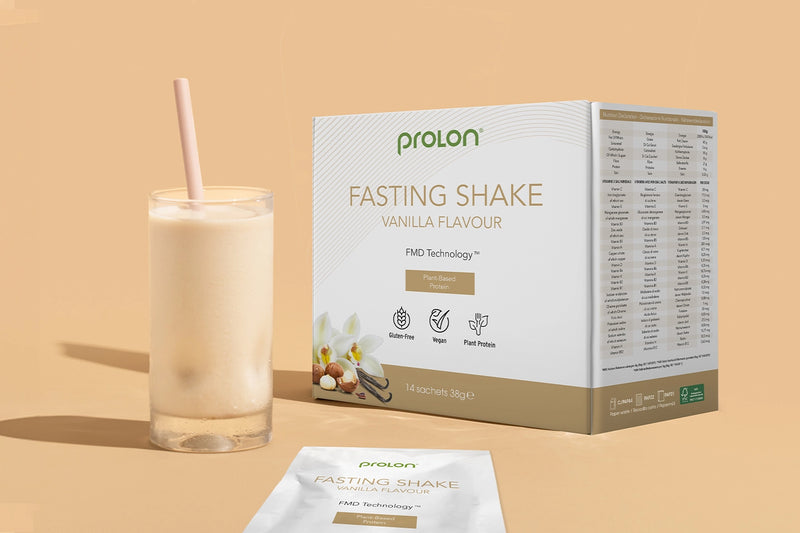

Fasting Shake
VANILLA FLAVOR
€59,99
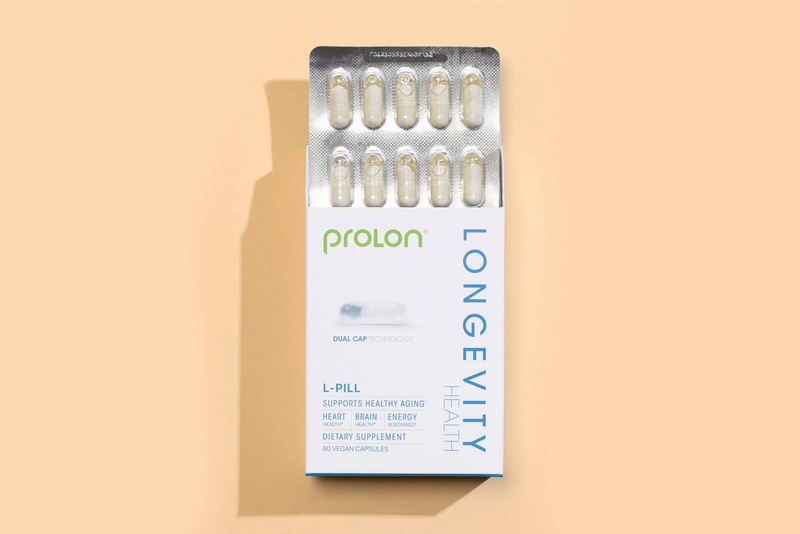

L-Pill
DAILY HEALTHY AGING
€59,00
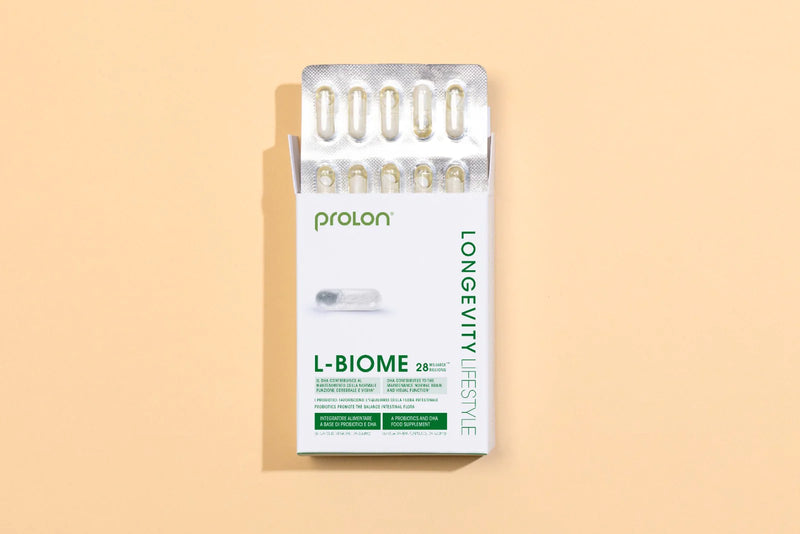

L-Biome
GUT HEALTH
€69,00
Life is about healthy, happy moments;
build more of those with Prolon.

Join the Prolon community
Education, Community, Resources











